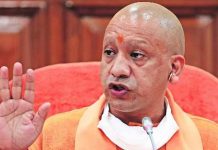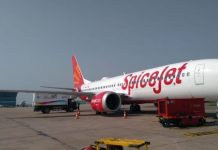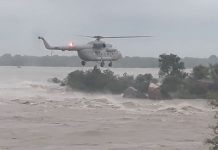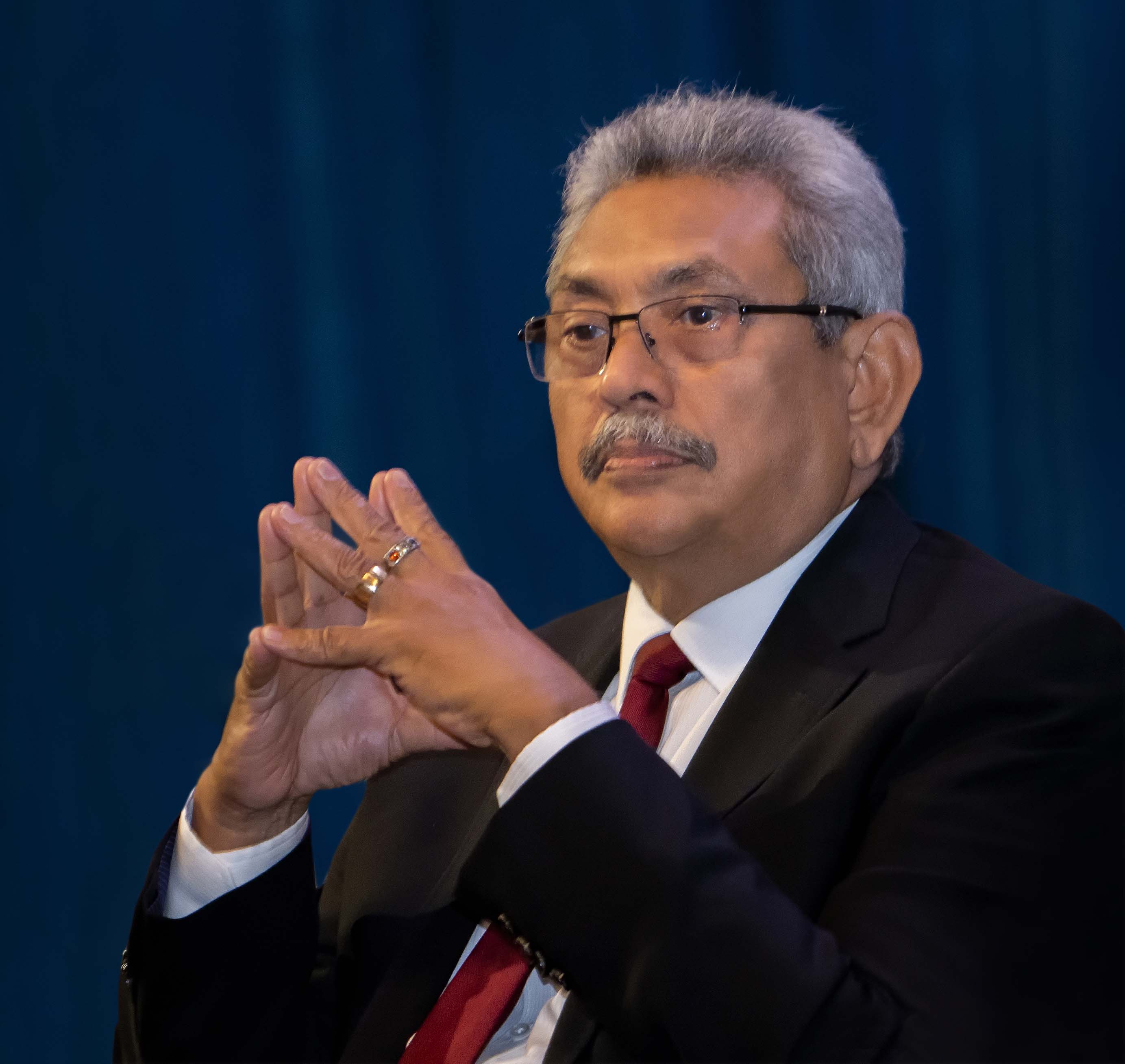
Sri Lanka President Rajapaksa’s offer to the opposition parties to join the cabinet has been rebuffed by the latter. With the crisis in the island nation deepening, the threat of a huge influx of refugees looms large on the Indian horizon. A report by Gopal Misra
There is now a countrywide demand for the Sri Lankan President, Gotabaya Rajapakasa, and his clan to step down, but he and his cronies do not give any indication of leaving the levers of power in this island nation.
In the parliamentary polls in 2020, the ruling party, Sri Lanka People’s Front, had secured a two-thirds “super majority” by winning 145 of the 225 seats and additional five seats of its allies’ seats, but it appears that within a short period of two years, the government has frittered away its support base among the people.
Amidst the deepening economic crisis, Sri Lanka is now under an unprecedented grip of political instability following the exit of at least 41 MPs leaving the treasury benches, thus, forcing President Rajapakasa to revoke the state of emergency proclaimed, a few days earlier, for tackling the countrywide protests erupted in the wake of shortage of food, petroleum products, essential goods and breakdown in power supply. The ruling coalition has less than 113 members’ support in the 225-member House.
In his bid to salvage his political grip on the island nation, the president has offered the opposition parties to join the cabinet under the proposal of an all-inclusive unity government. It, however, was promptly rejected, because the presidential office did not contact them directly, but they learned about it only through media. It has irked the opposition parties, who believe that the proposal of the unity government is a new game plan of the President to cling to the office, and is being done to convince the donors like India and the International Monetary Fund (IMF) that the country’s entire political establishment is on board in the government’s bid to salvage the economy.
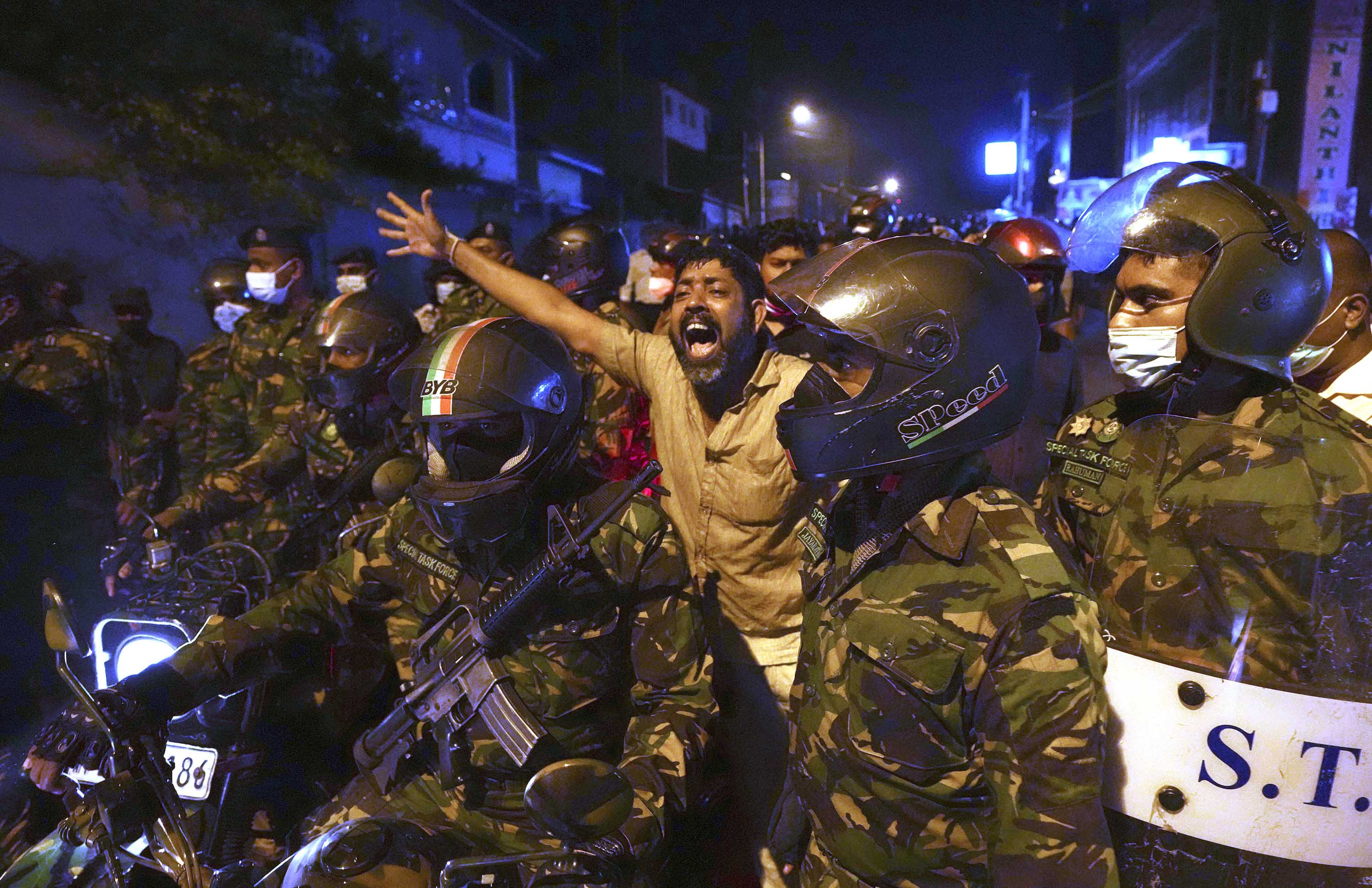
It cannot be ruled out that the trust deficit between the government and the opposition parties has already erupted in the countrywide mass protests. It is being widely feared this growing disenchantment expressed might turn into a mass rebellion, if the international efforts could not be harnessed to help the country. It, naturally, has caused apprehensions and anxiety among the neighbouring countries especially India, which is increasing with each passing day. The new finance minister, Ali Sabry, quit the post ahead of the crucial talks with the IMF. The situation for the government, reluctant to resign, is getting much grimmer with each passing day, especially when it has lost the support of the majority in Parliament and without the draconian powers to crush the agitation against its misrule. Earlier, in his address to Parliament, the Leader of the Opposition, Sajith Premadasa asked for ending the executive powers of the President, These unbridled powers, has allowed the present incumbent to take unilateral decisions regarding the key issues to economy. M.A. Sumanthiran, the opposition legislator from Jaffna demanded that the government should put its recently imposed Emergency regulations to vote, but the government succumbed and meekly withdrew the state of emergency.
The Financial Mess
The financial breakdown did not happen suddenly. It may traced to the year 2010, when after the Sri Lankan Civil War, military emerged as a major power centre in the country’s political spectrum. Many among them became part of the government. These former military officers had little idea of economics and the state finances. Under their influence, the Sri Lankan Government embarked upon obtaining huge loans without preparing a plan for the repayments of the debts. The financial debt and its repayment schedule became 88 per cent by 2019. During the financial years of 2021 and in March 2022, it became 101 and 135 per cent respectively of the Gross Domestic Production (GDP).
According to estimates, the country had just 2.4 billion USD in its foreign reserves in February this year; out of it less than one billion USD is available for payment to its lenders. The country is expected to pay seven billion USD this year which includes four billion USD IMF loan and repayment of other international obligations.
A knowledgeable Indian investor from Sri Lanka has confided to this writer that there are multiple reasons which have caused this financial disaster. They include tax concessions without studying their implications, liberal financial packages to the sectors which failed to contribute to increase the GDP, the bank interests were reduced, thus discouraging remittances from the non-resident Sir Lankans, the decision to promote organic farming without evaluating the country’s overall needs of the food grains.

Referring to the government’s ignorance or lack of knowledge for evolving economic policies and its foolish monetary policies, he confided that the Rajpaksa government had scripted the on-going financial crisis, when it embarked upon obtaining investment bonds and started mortgaging country’s assets without ensuring that whether the high-rate investments would really generate wealth. Asked , whether he really believes that the president and his family have siphoned off billions of American dollars to safe havens, his reply was that it is not new. He said the politicians of the Indian sub-continent, not excluding India, steal people’s money; and this is the reason that the Swiss banks continue to overflow with Indian accounts. He was referring to the allegations of Patali Champika, a prominent opposition leader and former power minister, that the Rajpaksa clan has stolen more than USD 19 billion from Sri Lanka.
Referring to tax concessions, he Indian investor further spelt out the reasons for the steep financial down-trend that the Sri Lankan Government withdrew the sales tax, equivalent to the GST in India, tax holiday for the companies having less than Rs. 30 crores turnover, extended lockouts during the Covid-19 pandemic, issuing bonds and the money generated invested in non-performing assets and similar government actions in other areas too such as agriculture etc. It may be noted that the contribution of smaller companies and business to the country’s tax collection has always been much more than the big entities.
India’s Dilemma
The New Delhi is worried that how to help the people of Sri Lanka suffering due to the misrule of their government. The Indian Government is also being cautioned by the leaders like Patali Champika, who have forewarned that any liberal financial assistance to the present rulers would be considered as funding the enemies of the people of Sri Lanka.
Interestingly, the key portfolios in the government were under the control of the Rajapaksa clan; Gotabaya Rajapaksa became the president, but also held the crucial defence ministry, the office of the prime minister was occupied Mahinda Rajapaksa, president’s elder brother. Mahinda also has also been assigned urban development and Buddhist affairs ministries, and other family members also help top positions indifferent departments.
Amidst this deteriorating grip of the ruling clan, India has to provide succour to the people without empowering the ruling oligarchy by any big financial support.
Modi Govt made similar mistakes, but got away
The economists quietly confide that in India, the Modi Government has repeated some of mistakes being committed by Sri Lankan, such as the dilution of the strong professional-base of the Reserve Bank of India by installing a non-descript civil servant, and replacing financial advisers frequently, and often it appeared that the government is under the spell of some favourite corporate interests.
India, however, fortunately has escaped a similar disaster. It could be attributed to the successive good monsoon and bumper agriculture crops. Also, despite announcements, the government did not extend any substantial economic packages to any sector. The Indian government’s efforts to ensure free ration to 600 million citizens and vaccinations kept the Covid-19 pandmeic challenge under control.
The demonetisation could have dealt a setback to the country’s economy, but the government successfully steered the economic challenges by introducing better tax regime, emphasising on the faster development of infrastructure etc. The cost cutting and controls on the government expenditure has given huge financial cushion to the country’s economy with more tax collections and having adequate foreign exchange reserves.
The Crisis May Impact India
It is now being evaluated that how the ongoing economic disaster in Sri Lanka would adversely affect India, whether the two billion USD assistance to the country would give substantial relief to the common people struggling in Sri Lanka for essential goods. The prices have skyrocketed; an egg is sold for Rs.35-40, rice is priced at Rs. 300 per kg., sugar has touched 300 too, chicken at Rs.1000, petrol over 330 per litre, milk powder is being sold at the exhorbitant price of Rs. 4000 per kg. and even a cup of tea is available if one is ready to cough up 100 Rupees.
The Apprehension of Refugee Influx
The threat of huge influx of refugees looms large on the Indian horizon. The straight line distance between Rameswaram in Tamil Nadu in India and Jaffna in the northern Sri Lanka is estimated to be about 88.5 kilometres and if someone wants to travel via Colombo, it would be about more than 7500 by ship or flight, but the refugees arriving to the Indian shores are paying Rs. 10,000 to the ferry for each person. The trickling of refuges has begun, but it may become much bigger influx, if remedial steps for improving the country’s’ economy were not taken by the Sri Lankan government.








